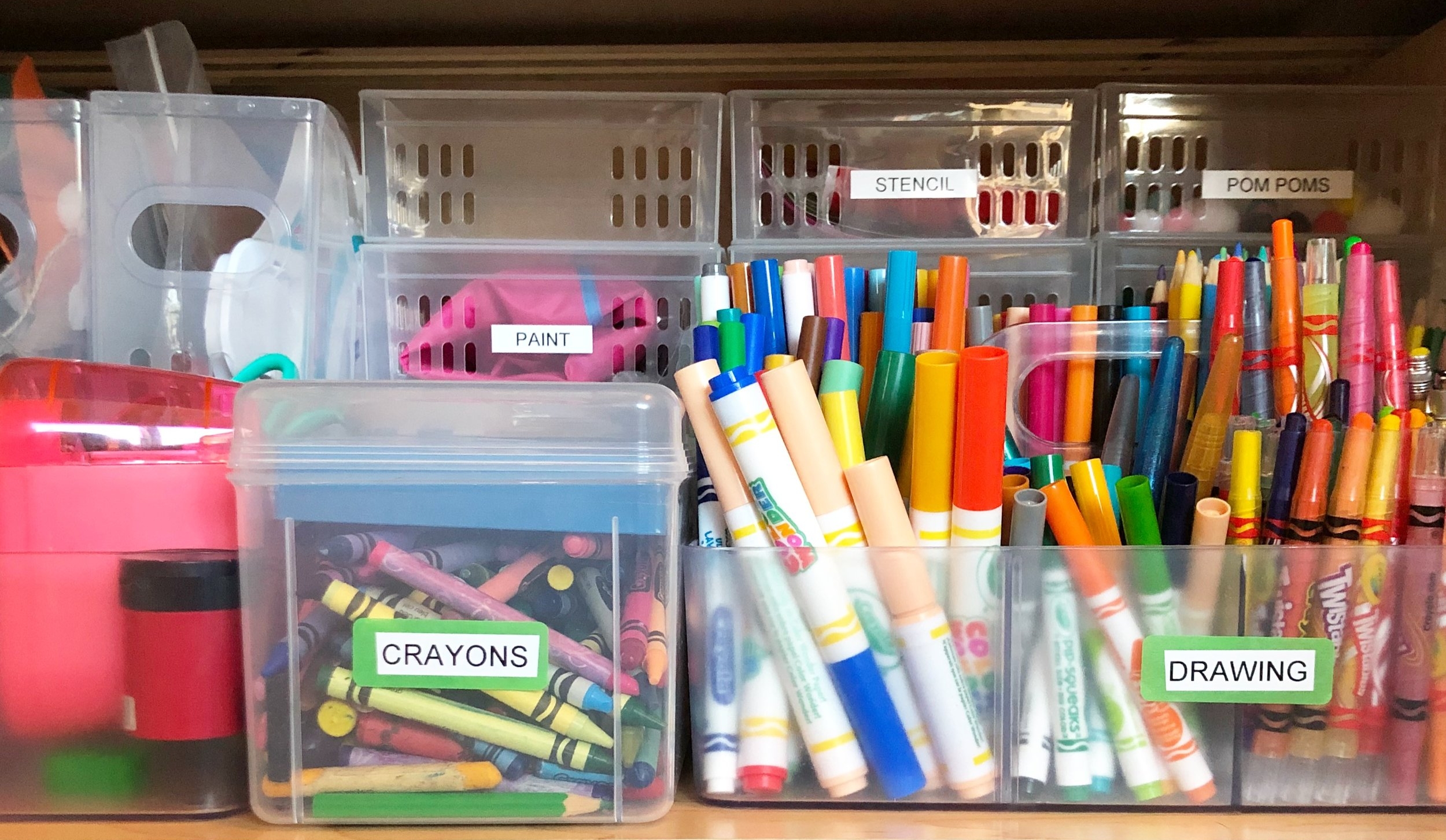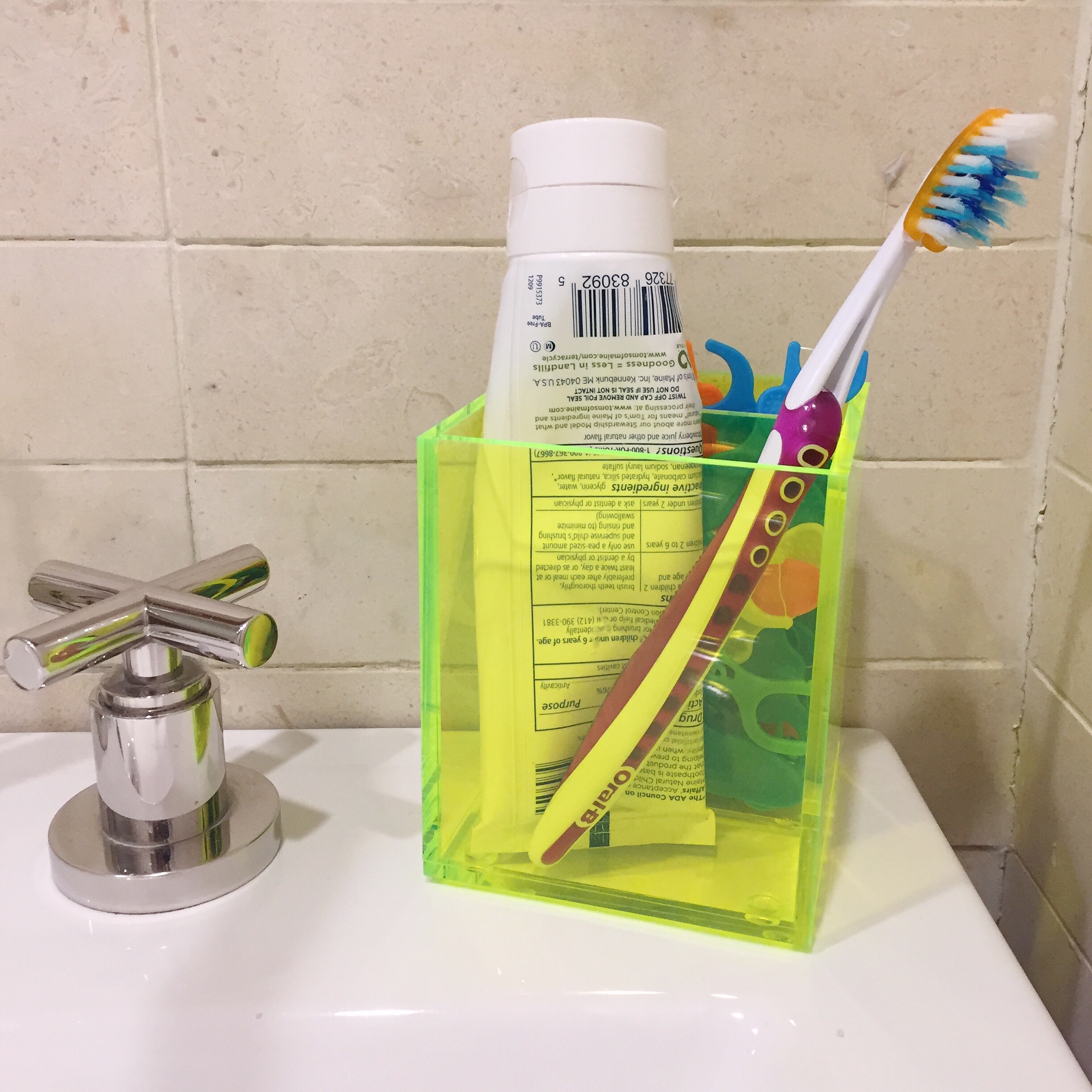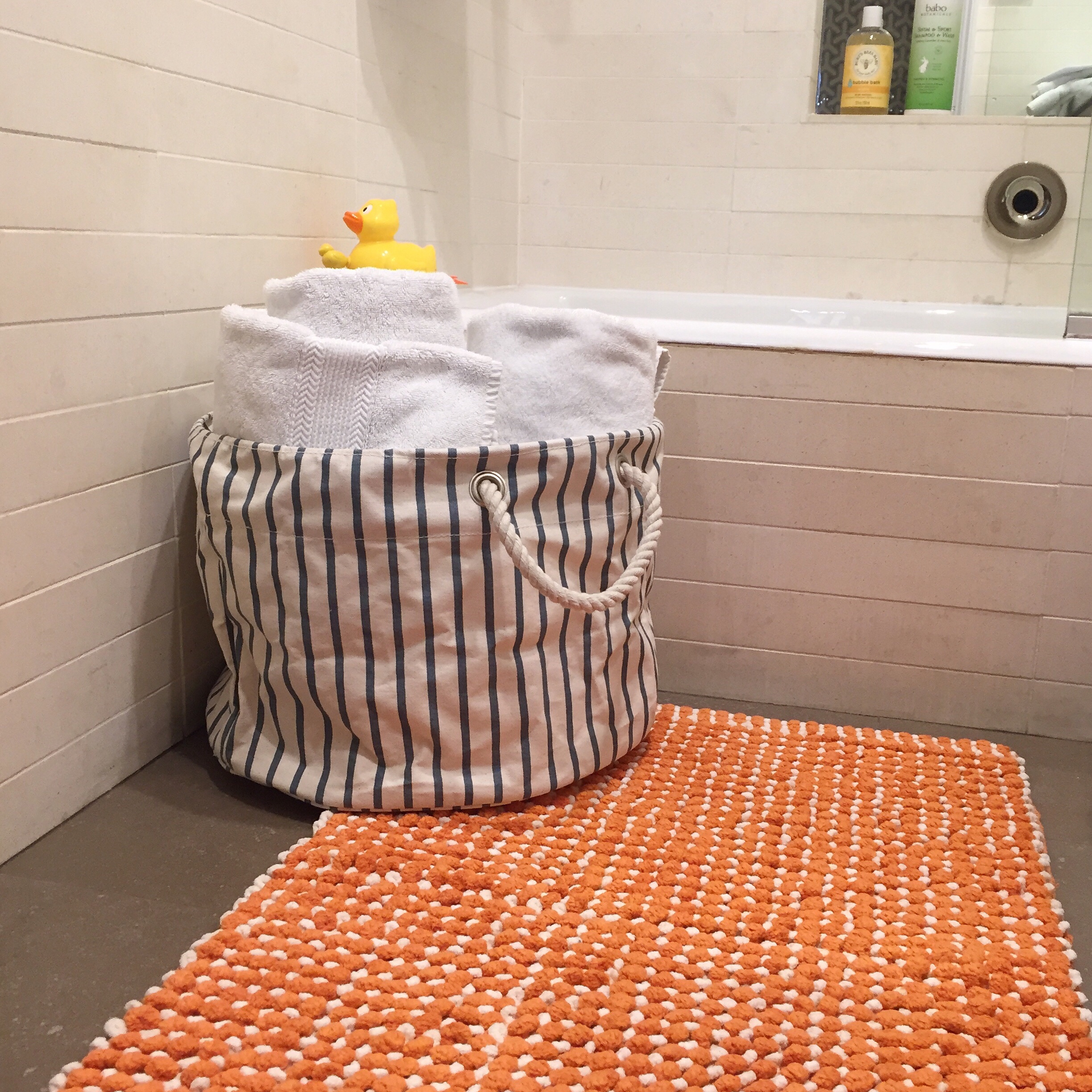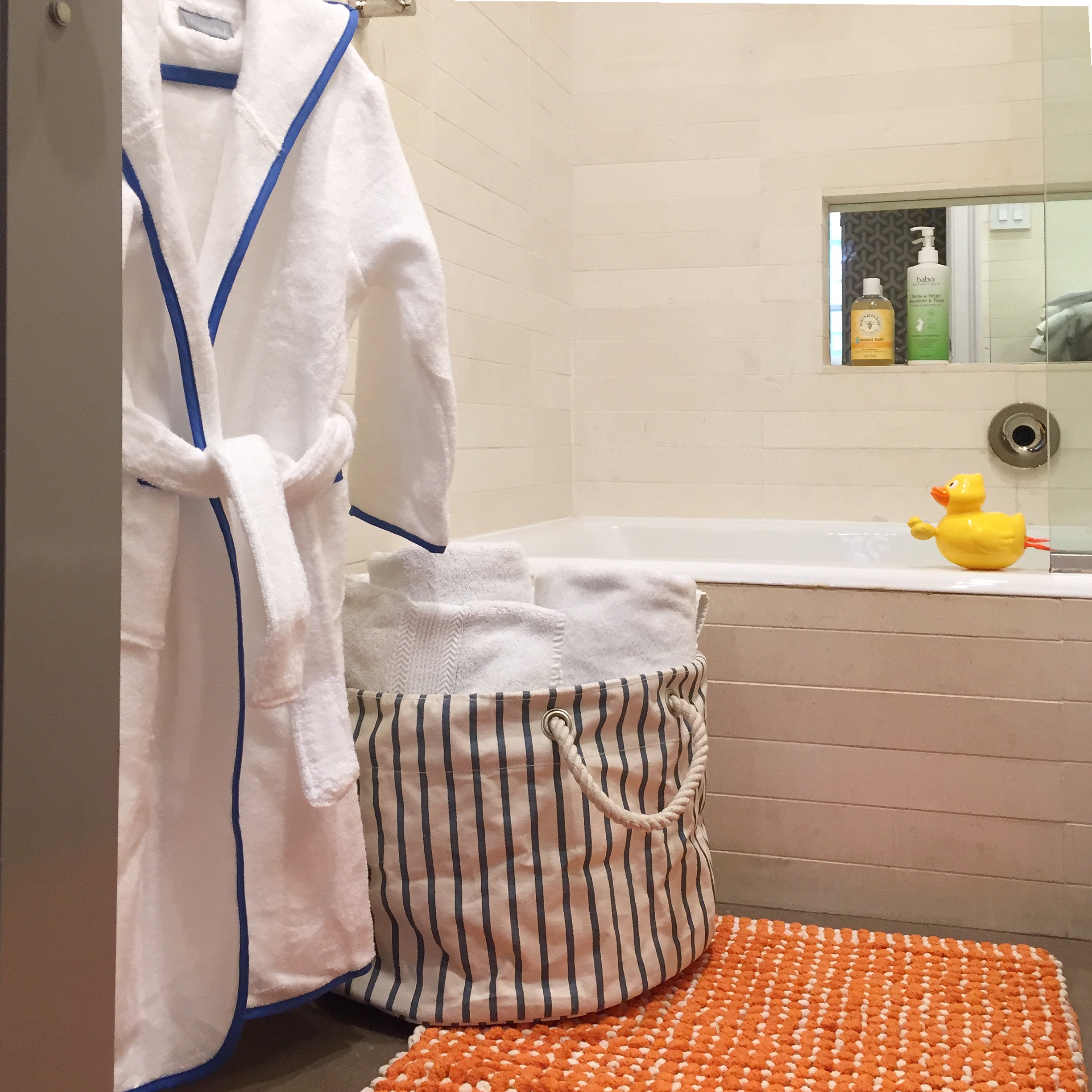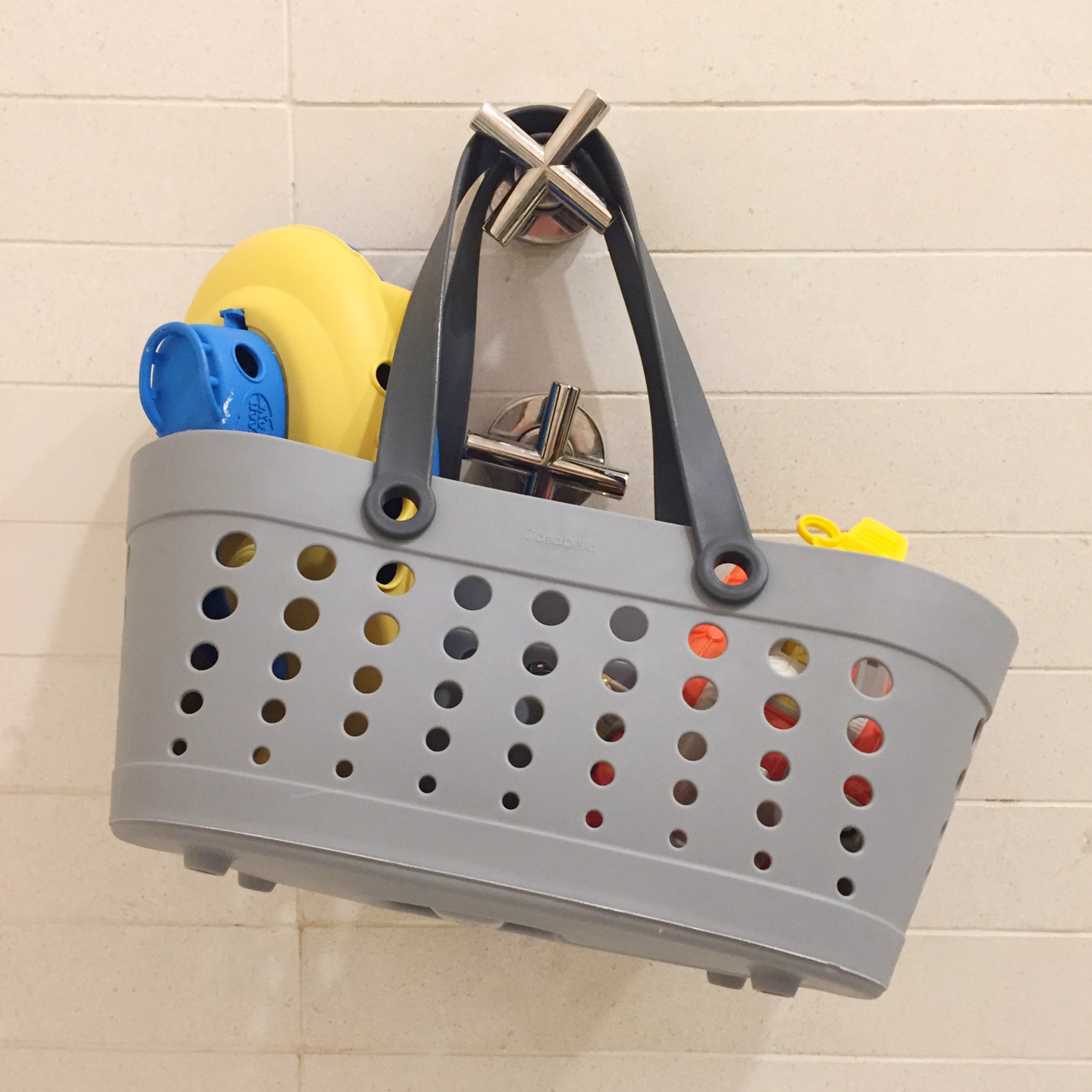Now that Kid Chronicles are officially available (click here for our shop page), it is time to dig into how to edit your children’s paperwork and artwork. We have touched on reviewing and saving art before but we took a deeper dive in this piece should you need a little help kick starting the editing process.
Happy Organizing!
Make a Drop Zone
The first step is to find a place that is easily reached to gather everything that comes into the house. This is often called a Drop Zone. Then, once a week or once a month or even every day, take the time to review it.
Take a Que from Frozen and…Let It Go.
When evaluating the onslaught of paperwork and artwork and…, ask yourself if it would mean something to you down the road if your child’s name wasn’t on it? If the answer is no, it is probably safe to get out the recycling bin. Self-portraits, holiday-specific pieces or reflection work are definitely worth saving as they tell a story and are fun to have as part of a personal history – likely a bit more than math homework or English quizzes. Outside of those “keep” pieces, it would be wise to save anything you love, that sparks a memory of a shared experience or anything tied to proud accomplishments in your child’s life. This can also include non-school related items such as family holiday cards, party invitations, soccer team photos, field day ribbons, cards from friends and family for birthdays and holidays and even teeth x-ray pictures from the dentist.
Put it Away.
Once you determine the pieces you want to keep, transfer them to your child’s Kid Chronicles box. Ideally the box should live in an accessible place near a landing spot where all of these items are dropped off in the first place. In our house, this box lives in my son’s room but many clients keep their boxes in the kitchen or home office.
Year End Edit and Long-Term Storage.
The end of each school year is a good time to review all of the items that ended up in your child’s memory box again. You will likely find that even a review after nine months can make it easier to part with things.
Some children are very prolific artists and sometimes you want to keep more than can fit in one hanging folder so feel free to add others as needed for these situations.
Last But Not Least – Label It.
Each Kid Chronicles box also includes a set of labels for all of the 3-D artwork and others pieces that were not originally signed by the artist. And, although the clay item will not fit in the box, you can order an additional name place and attach it to a secondary storage box to save those creations. Some of our favorite secondary storage boxes are linked here.
Disclaimer for Parent of the Overly Sentimental Child.
A lot of children like to squirrel away any and every item they put effort into and don’t like the idea of getting rid of them. We think it is never too early to begin teaching the littles organization skills and artwork and schoolwork are a great place to start. If you need a little guidance in this area, you can check out our earlier post on the topic.
To purchase your own Kid Chronicle’s memory box, head to our Shop page.




